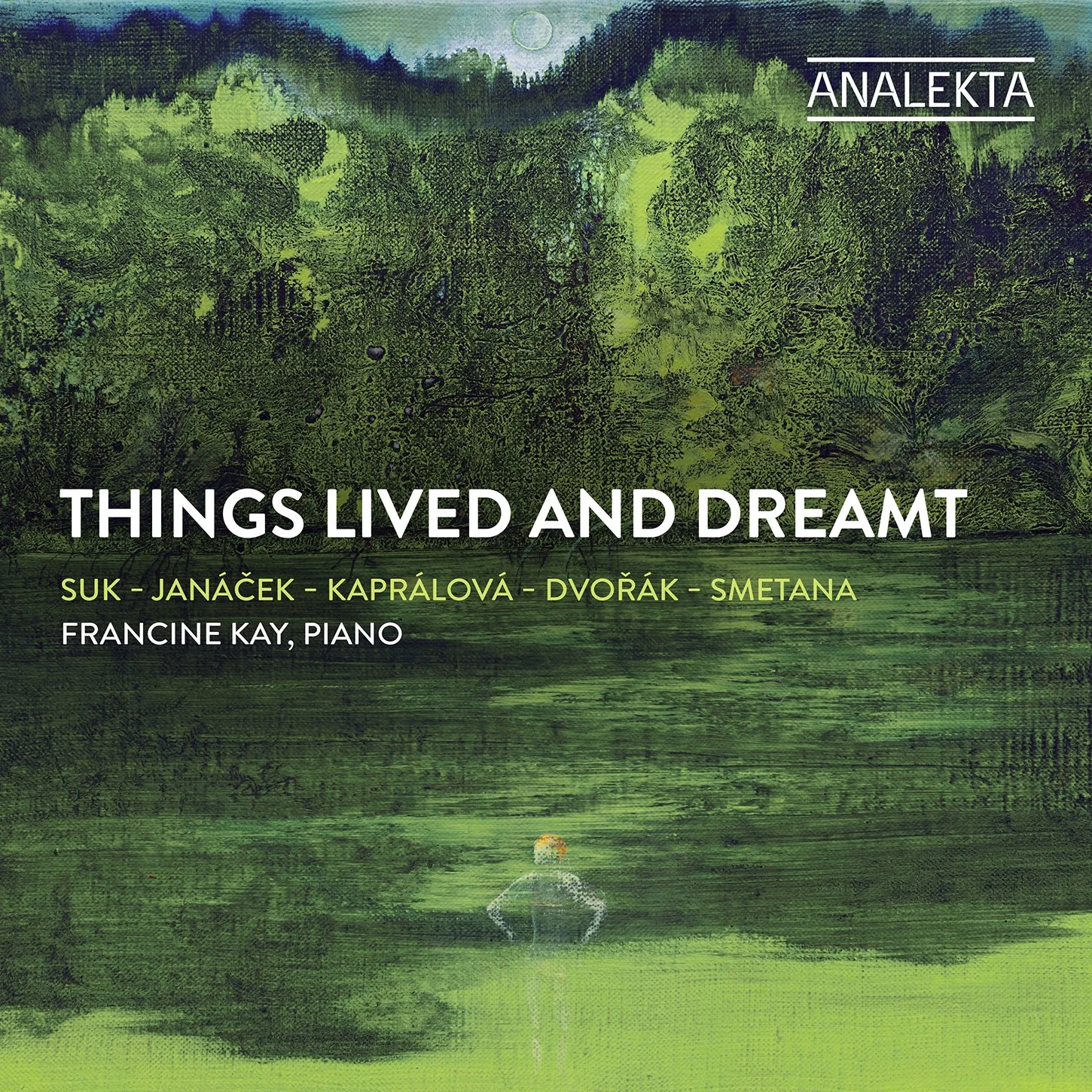On his new album “First and Last” (Azica Records), Christopher Houlihan – “the next big organ talent” (LA Times) – performs the two great bookends of French Romantic Organ works, Franck’s “Grande Pièce Symphonique” (1862) and Louis Vierne’s Symphonie No. 6 (1930).
We spoke with Houlihan about the album, Louis Vierne’s tragic life, defining a “symphony” and more:
Tell us how you came up with the repertoire for this album.
This album includes the two pieces that are usually considered the first and last French Romantic solo organ “symphonies.” César Franck was the first to compose symphonically-scaled music for the “modern” organs built by Aristide Cavaille–Coll in the mid-19th century. These organs allowed for a wider dynamic and expressive range than had ever been experienced and they inspired a rebirth of “serious” music for the organ. One of Franck’s students, Louis Vierne, took this tradition to its zenith. His final organ symphony—the sixth, in B minor—is an extraordinary tour de force for the organist and shows off so many sounds of a pipe organ. The organ at Ascension Church is a 21st century instrument and the first French-built organ in New York—it is a great match for these colorful pieces.
Tell us a bit about Louis Vierne. He had a fascinating life, and you’ve spent many years studying, performing and recording his works. What draws you in to Vierne’s life and his music?
Vierne was born nearly blind and rose to become organist of Notre-Dame Cathedral in Paris, one of the most prestigious posts an organist can hold, even to this day. In the summer of 2012, I undertook a tour of six marathon performances of Vierne’s six organ symphonies. These pieces were conceived as concert works for the organ, and many are composed with cyclical themes recurring throughout the five movements. For me, they contain a whole range of human emotions, from agony, humor, passion, and even to rage. This is largely my own interpretation of the symphonies, but Vierne’s life was truly tragic and it’s difficult not to see some of his life expressed in the music.
A tragic life?
Yes, despite some professional successes (as organist of Notre-Dame Cathedral), his romantic life had serious ups and downs, the organ at the cathedral was often in need of serious repair (especially post-WWI), and he was passed over for the post of professor of organ at the Paris conservatoire, a position he deserved after years of assisting other teachers. He had a host of illnesses and physical problems, and by the end of his life could barely climb the many steps to play the organ at Notre-Dame. After making one final climb, he died on the organ bench at Notre-Dame, right in the middle of performing a recital.
Both of the major works on First and Last are “organ symphonies”. Since the music is written for organ alone, you’ll have to tell us – what makes these works “symphonies.” What are the similarities and differences from an orchestral symphony?
Well, in the case of Franck, there’s an especially strong connection between the Grand Pièce Symphonique and his Symphony in D minor. The “GPS” can be seen as a prototype of the orchestral work, and they both contain cyclical themes and roughly chart a similar structure. But one major difference is that the organ work is composed for a solo instrument and performer. The organ has historically been a kind of “synthesizer,” and its pipes imitate other instruments—flutes, trumpets, oboes, strings, and especially baroque instruments like the crumhorn and viola da gamba. The mid-19th to turn of the 20th century saw enormous innovation in the art of organ building. Organs hadn’t changed significantly since the 17th century, and were now being built larger, even more colorful, and more capable of playing modern music. These organs by no means sounded like an orchestra, but the instruments Franck and Vierne knew were tremendously expressive and dynamic, and these composers responded by writing symphonically scaled music that exploited all the “new” sounds of these instruments. I could get more technical, but one very broad comparison might be between that of the harpsichord to piano—the music changed alongside the instruments.
You’re a professional organist, performing concerts around the country as well as overseas, and you teach organ at Trinity College in Hartford. I wouldn’t be surprised if you spend some of your free time away from the keyboards and pedalboard. Tell us about the challenges and rewards of playing the instrument.
One very rewarding but frustrating thing about being an organist is that no two instruments are alike. By and large, the piano is a standardized instrument and there is no comparison to the differences between organs. I arrive two days before a performance just to set up the organ to play the music I plan to play. One organ has two keyboards, the next has four or five. One has 20 stops to choose from, the next has 200. Every moment of the program needs to be redecided, each time I perform. When the organ is wonderful, it feels like having a partner in making the music come alive and those experiences are so satisfying. In my spare time I love to cook, garden, and to play fetch with my dog (who is named for a composer I wish wrote more for the organ—Benjamin Britten).









